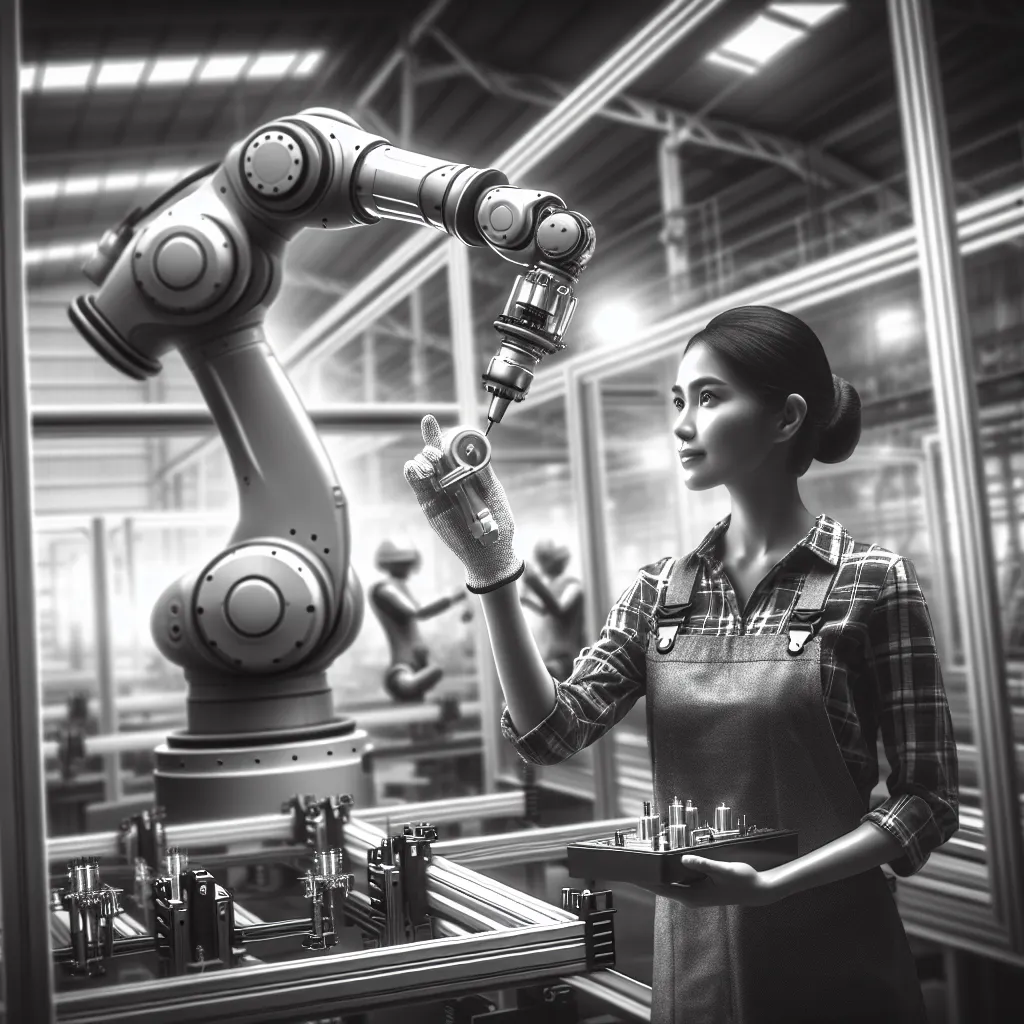The Evolution of Jobs in the Age of Automation
As automation technologies continue to advance, the future of work is undergoing a significant transformation. The evolution of jobs in the age of automation is characterized by a shift towards roles that require higher cognitive and interpersonal skills, while routine manual tasks are increasingly being automated. This shift is driven by the capabilities of artificial intelligence, robotics, and machine learning, which are becoming increasingly proficient at performing repetitive and rules-based tasks.
With the rise of automation, certain jobs are at risk of being displaced, particularly those that involve routine and predictable activities. However, this trend also opens up new opportunities for the workforce. Jobs that involve complex problem-solving, critical thinking, creativity, and emotional intelligence are not easily automated and are expected to become more prevalent. Additionally, the automation of certain tasks can lead to the creation of new roles and industries, fostering innovation and economic growth.
In response to these changes, individuals entering the workforce are encouraged to develop a diverse set of skills that are less susceptible to automation. This includes skills such as adaptability, continuous learning, and the ability to work collaboratively with technology. Furthermore, the evolution of jobs in the age of automation emphasizes the importance of lifelong learning and upskilling to remain competitive in the labor market.
While the impact of automation on the future of work presents challenges, it also offers the potential for a more dynamic and fulfilling labor landscape. By recognizing the evolving nature of jobs and adapting to the changing demands of the workforce, individuals and organizations can navigate the age of automation with agility and resilience.
Adapting to Change: Navigating the Automated Workforce
In the rapidly evolving landscape of work, automation has emerged as a dominant force, reshaping the nature of employment across industries. As businesses embrace technological advancements to streamline processes and increase efficiency, the impact of automation on the future of work cannot be overstated. Adapting to this transformation is essential for individuals and organizations alike. Navigating the automated workforce necessitates a proactive approach to developing new skill sets, embracing technological literacy, and fostering a mindset of continuous learning.
The Future Work Landscape: Balancing Automation and Employment
The Future Work Landscape: Balancing Automation and Employment
As automation continues to reshape industries and job markets, the future work landscape stands at a critical crossroads. The integration of artificial intelligence, robotics, and advanced technologies has undoubtedly increased productivity and efficiency in various sectors. However, concerns about the potential displacement of human workers and the impact on employment stability have sparked widespread debate and apprehension.
It is undeniable that automation has already altered the nature of work, leading to the transformation of traditional roles and the emergence of new job categories. While routine and repetitive tasks have been automated, there is a growing demand for skills related to technology development, maintenance, and oversight. As a result, the future work landscape is expected to feature a hybrid model, where humans and machines collaborate to optimize performance and output.
Striking a balance between automation and employment is crucial for sustaining economic growth and ensuring social welfare. Governments, organizations, and educational institutions face the imperative task of preparing the workforce for the evolving job market. This involves equipping individuals with the necessary digital literacy, adaptability, and problem-solving abilities to thrive in a technology-driven environment.
Furthermore, proactive measures such as reskilling and upskilling programs can facilitate the transition of workers into new roles that complement automation. By fostering a culture of lifelong learning and skill development, the potential adverse effects of job displacement can be mitigated, enabling a smoother adjustment to the changing work landscape.
In conclusion, the future work landscape presents both opportunities and challenges arising from automation. A strategic approach that acknowledges the significance of human capital while harnessing the potential of automation is essential for navigating this transformative era. By embracing innovation and implementing inclusive policies, societies can progress towards a balanced and sustainable future of work, where automation and employment coexist harmoniously.




